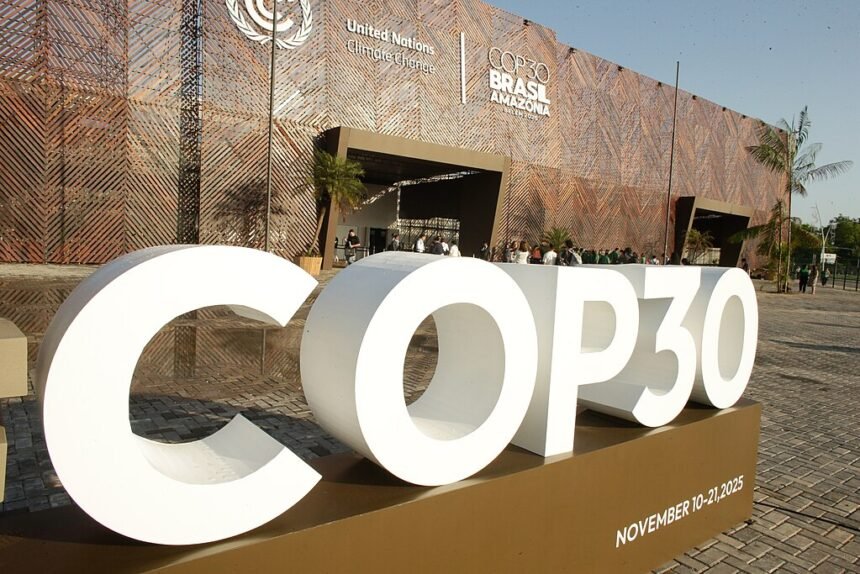The challenge lies in balancing innovation with responsibility, ensuring that the tools we develop to fight climate change do not inadvertently exacerbate the problem.
Image via www.vpnsrus.com
Baku, Azerbaijan – At the ongoing COP29 summit, world leaders are highlighting the transformative potential of artificial intelligence (AI) in combating climate change. While AI-driven technologies have revolutionized climate resilience and resource optimization, the environmental cost of their implementation is becoming a focal point of discussion.
At the G20 Summit in Rio de Janeiro, Chinese President Xi Jinping emphasized that artificial intelligence should not be a “game of rich countries and the wealthy”. He called for more international governance and cooperation on AI to ensure that its benefits are accessible to all nations, not just the wealthy. Xi also highlighted the importance of supporting the Global South in gaining better access to scientific and technological innovations.
AI’s Promising Role in Climate Action
Artificial intelligence is reshaping the landscape of climate action in three significant ways:
- Enhancing Resilience: AI systems are enabling more accurate climate models and disaster prediction tools, helping communities better prepare for and respond to natural disasters.
- Improving Energy Efficiency: AI algorithms optimize energy consumption in buildings, smart grids, and industrial processes, reducing greenhouse gas emissions.
- Optimizing Resource Use: From precision agriculture to smart water management, AI is ensuring the efficient use of resources, minimizing waste and environmental impact.
These advancements offer a glimmer of hope in the global effort to curb climate change. However, as the technology proliferates, so do concerns over its environmental footprint.
The Hidden Costs of AI
Experts warn that the increased demand for AI technologies comes with significant environmental challenges:
- Energy Consumption: Training and running AI models require vast amounts of energy. Data centers, the backbone of AI operations, consume large quantities of electricity, much of which still comes from fossil fuels.
- E-Waste: The rapid turnover of electronic devices and the need for specialized hardware for AI applications contribute to the growing problem of electronic waste, which is often improperly disposed of in developing countries.
During the COP29 talks, leaders underscored the necessity of reducing the carbon footprint of tech manufacturing. Emphasizing the importance of sustainable practices in the tech industry, they called for innovations that balance technological progress with environmental stewardship.
Balancing Innovation with Sustainability
At the heart of this discussion is the recognition that while digital technologies are crucial in addressing climate change, they must be developed and deployed responsibly. Here are some expert insights from COP29:
- Chris Bowen, Australia’s Climate Change and Energy Minister: “As we harness AI for climate solutions, we must ensure that its implementation is energy-efficient and sustainable. Our commitment to reducing emissions should extend to the very technologies we rely on.”
- Yalchin Rafiyev, Azerbaijan’s Deputy Minister of Foreign Affairs and Lead Negotiator for COP29: “The potential of AI in climate action is undeniable. However, we need a holistic approach that includes reducing the environmental impact of tech manufacturing. This dual strategy will ensure that technological advancements contribute positively to our climate goals.”
Looking Ahead
The discussions at COP29 highlight a critical intersection between technology and sustainability. As countries work towards ambitious climate targets, the role of AI in driving these efforts will continue to grow. By addressing the environmental costs associated with AI, the international community can pave the way for a more sustainable and resilient future.
The challenge lies in balancing innovation with responsibility, ensuring that the tools we develop to fight climate change do not inadvertently exacerbate the problem. Through collaborative efforts and forward-thinking policies, the world can harness the power of AI for good, leading to a greener, more sustainable planet.















